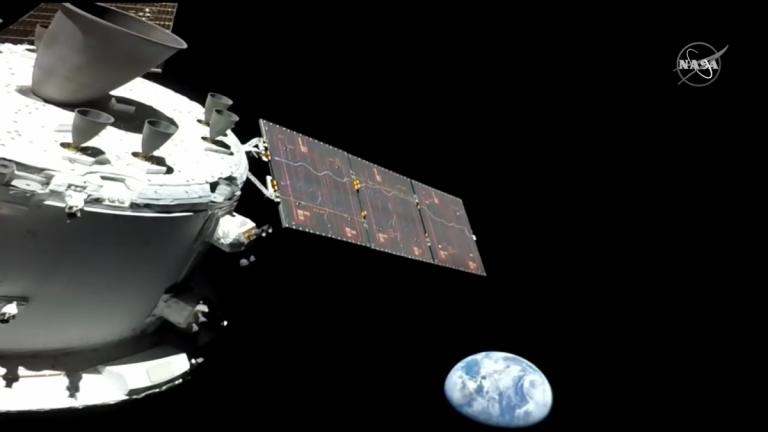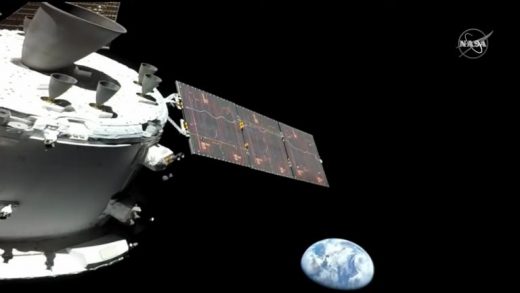Watch NASA’s Artemis 1 splashdown
Watch NASA’s Artemis 1 splashdown here, starting at 11AM ET
After 25 days in space, Orion is about to conclude its uncrewed test run to the Moon. The Artemis 1 mission will draw to a close when the NASA spacecraft splashes down in the Pacific Ocean close to Guadalupe Island, which is 130 nautical miles off the coast of Baja California. Orion is scheduled to hit the water at around 12:40PM ET. NASA’s livestream will start at 11AM and continue after splashdown as a recovery team picks up the capsule. You’ll be able to watch the stream below.
NASA chose the landing trajectory and splashdown site so as not to pose a threat to people, land or shipping lanes. Just before re-entry, Orion and the European Service Module will separate, with the latter burning up in Earth’s atmosphere.
The crew mobile will carry out a skip entry technique to ensure it accurately arrives at the designated landing site. Orion will edge into the upper part of the atmosphere, then use that and its own lift to “skip” back out before re-entering for the final descent. The atmosphere will reduce Orion’s speed to 325MPH and the 11 parachutes will eventually slow it to a splashdown speed of 20MPH or less.

After multiple delays, Artemis 1 launched on November 15th as a precursor to the first crewed mission to the Moon in over 50 years. After carrying out a flyby in which it got as close as 80 miles to the lunar surface, Orion went into a distant retrograde orbit around the Moon. That allowed NASA to test various systems while minimizing fuel consumption — Orion’s cameras took some gorgeous pictures while it was out there too. The spacecraft left the Moon’s gravitational pull on December 6th as it made its way home.
(11)



